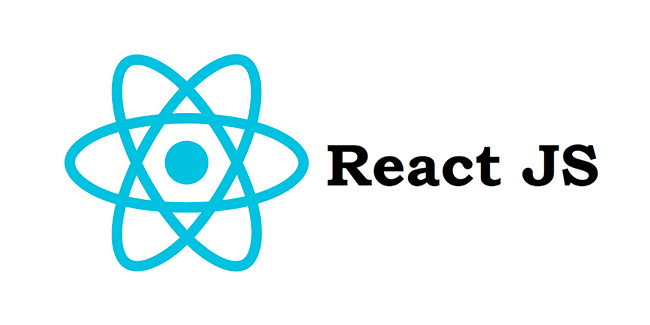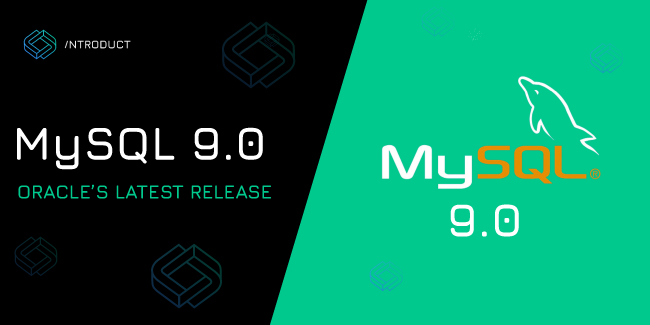

Node.js Integration: The Key to Seamless Full-Stack Development


At Introduct, we take pride in our fully integrated technology partnership — from ideas, our experts guide to impactful solutions. One of the most powerful strategies that we use for full-stack development is the integration of Node.js with front-end technologies. This combination streamlines workflows, enhances performance, and delivers robust applications, making it essential for organizations aiming for efficiency and scalability. In this article, we’re going to take a deeper look at Node.js, its features, and the way our team uses it for efficient software development.
Node.js: Backbone of Full-Stack Development
Node.js is an all-activity JavaScript runtime that helps developers write server-side codes with JavaScript. Due to its event-driven and non-blocking architecture, Node.js is perfect for building highly scalable and high-performance applications. By using JavaScript across both the client and server sides, Node.js simplifies development and reduces the need for context switching, a practice that Introduct consistently implements to maximize productivity and effectiveness.
Seamless Integration with Front-End Frameworks
At Introduct, Node.js is integrated seamlessly with the top Front-end frameworks: React, Angular, and Vue.js. This integration not only improves the development process but also enhances the final product, offering a cohesive and efficient solution that aligns with our commitment to delivering high-quality results.
React.js and Node.js
React.js is renowned for its component-based architecture and virtual DOM, which make it highly efficient for building user interfaces. When mixed with Node.js, this allows for the creation of isomorphic apps —this simply means that the same codebase works on the server and client sides. For example, at Introduct, we can use the pairing of React and Node.js to make server-side rendering possible, thus increasing page load times and SEO. By doing this, we provide a better user experience for our clients.
Angular and Node.js
Angular, with its comprehensive abilities in single-page application development, goes well with Node.js. Node.js serves as a robust backend for Angular, efficiently managing data and handling user authentication. Introduct uses this integration to provide scalable and secure solutions for businesses, ensuring that high-transaction environments, like those at PayPal, operate smoothly and effectively.
Vue.js and Node.js
Vue.js is known for its simplicity and flexibility, making it an excellent choice for full-stack development when paired with Node.js. At Introduct, we utilize this combination to build high-performing applications with a streamlined workflow. This approach allows us to handle large volumes of user interactions and transactions seamlessly.
Creating RESTful APIs with Node.js
Node.js is excellent for developing RESTful APIs, which act as the bridge that links frontend technologies with backend technologies. These APIs are crucial in efficiently allowing data to be exchanged between the two ends, improving overall application performance. Our experience proves major performance and scalability improvements with RESTful APIs.
Real-Time Applications using Node.js
Node.js, with its WebSocket support and event-driven architecture, goes a great way to support real-time applications. Using Node.js drives real-time solutions, ensuring seamless collaboration and instant updates between all users. It matters toward productivity and engagement.
Best Practices for Node.js Integration
To fully leverage Node.js with front-end frameworks, Introduct adheres to these best practices:
- Modular Architecture: We organize codebases into modules to improve maintainability and scalability.
- State Management: Libraries like Redux (with React) or Vuex (with Vue) are employed to manage application state effectively.
- API Gateway: Introduct implements API gateways to manage and route requests between clients and microservices.
- Authentication: We utilize JSON Web Tokens (JWT) for secure authentication and authorization.
- Performance Monitoring: Tools like New Relic or Prometheus are deployed to monitor performance and address issues early.
Node.js integration with front-end technologies like React, Angular, and Vue.js is a proven approach that Introduct employs to build sophisticated full-stack applications. This strategy not only enhances the development workflow but also improves performance, scalability, and user experience. By following best practices and leveraging the strengths of these technologies, Introduct continues to create powerful, responsive web applications that meet the demands of today’s tech landscape.
More Articles

Elixir vs Golang: Choosing the Right Language for Gaming Platforms Elixir vs Golang: Choosing the Right Language for Gaming Platforms
GoLang or Elixir? When it comes to developing gaming platforms, the choice of programming language can significantly impact performance, scalability, and development speed. In this blog post, we’ll compare two popular languages, Elixir and Golang, and explore their suitability for building gaming platforms.

MySQL 9.0: Oracle’s Latest Release MySQL 9.0: Oracle’s Latest Release
Oracle has recently introduced MySQL 8.0.38 and the first version of MySQL 9.0 on July 1st. Below is a summary of the new features and expectations: Oracle positions MySQL 9.0 as a foundational release, setting the stage for future enhancements. Key features include initial support for the vector datatype in CREATE and ALTER statements, as […]
